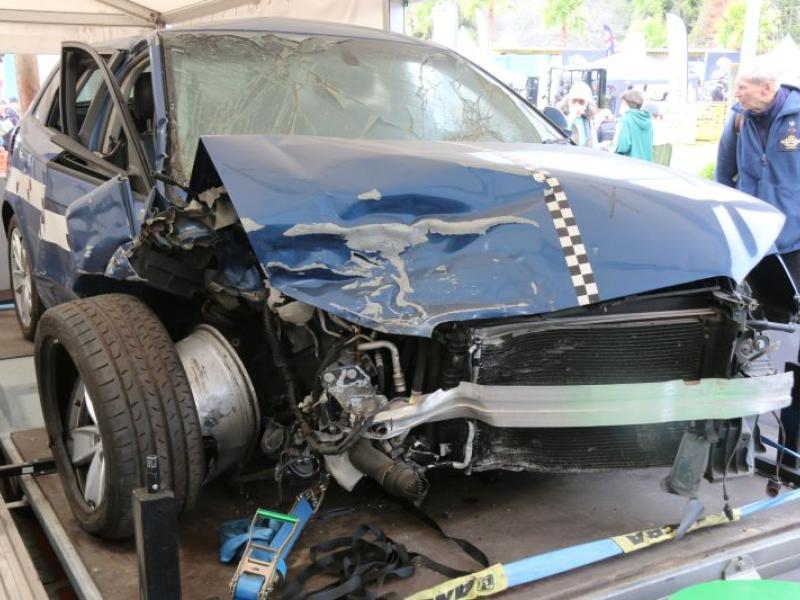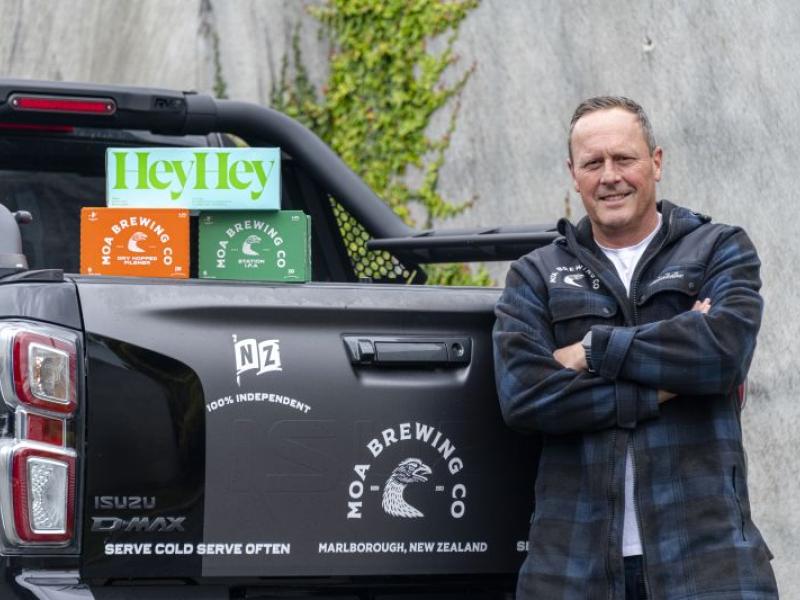Low interest rates and special deals – especially around Fieldays, as we’re finding at the moment – on the face of it offer big savings to fleet buyers. But do they really work in the long run? We talked to Lance Manins, CEO of Driveline Fleet Ltd.
CV: Has the current low interest rate environment increased or decreased levels of finance and lease vs outright company ownership?
LM: We’ve noticed that offers of low interest rates are becoming more frequent in mainstream vehicle advertising. In reality, it’s a bit of marketing trickery aimed at deflecting attention away from the actual price of the vehicle and the structure applied to the finance.
In our experience these promotions offer a low interest rate but very few other benefits, which may work for consumer buyers; businesses, on the other hand, have access to a range of leases and preferential finance products that consumers don’t.
Most businesses will still choose to lease or finance vehicles over company ownership because they want to use any available capital available for stock, or expansion, rather than spending it on a depreciating asset.
One of the main benefits of dealing with a tier one lease company is accessing the heavy discounts available on new vehicles that you just won’t find on the high street.
CV: How has the current low interest rate environment affected the fleet and equipment finance and leasing market in terms of the relative popularity of different forms of finance and lease?
LM: We have found that low interest offers have simply raised awareness to the wider funding market. As such clients are wanting us to review both lease and finance solutions with them, so that they are fully informed as to the benefits and disadvantages of each product.
Generally clients are wanting to avoid mixing business funding with personal funding tied up with the house mortgage, which means that they still look to a separate funder for those business assets.
Low interest offers certainly haven’t had a detrimental impact on our business; if anything they may have actually contributed to our success as clients interrogate the numbers more, and our flexible SmartLease stacks up favourably against other lease products in the market.
CV: What are the main drivers for companies to choose a finance rather than lease product?
LM: The main drivers for choosing a traditional finance product are usually the ownership factor, and how a client prefers to account for the asset.
In broad terms clients looking at late model or ex-lease vehicles will often opt for a fixed term finance structure. Sometimes that’s because they’ve just always done it that way, or they’ve been burnt previously by strict fixed-term lease products that have heavy charges for excess km and refurbishment costs.
CV: What are the main drivers for companies to choose a lease rather than finance product?
LM: Businesses which would rather use their capital elsewhere rather than tie it up in depreciating assets will choose leasing as the costs are 100 percen ttax deductible as an operating expense in the same way as their office lease.
The fact that lease funding is off balance sheet is attractive, and can have a positive effect on the business financial position.
For many of our commercial clients they need reliable vans or utes to be able to operate their business effectively, so they prefer the replacement schedule that leasing offers.
On some occasions it simply comes down to a preference to be driving the latest model vehicles that promote the success of the brand. Often clients like the flexibility of SmartLease to be able to upgrade before the term ends as the needs of their business changes.
CV: Have you added any new finance or lease products in the last year?
LM: This year we’ve developed the “Ex-Lease & Used” section of our website, where we promote leasing on late model vehicles. We’ve seen an opportunity to satisfy the demand for re-leasing of ex-lease vehicles, which is proving very popular.
CV: With low inflation and steady resale values, have operating leases become less popular?
LM: Enquiry is still strong for leasing as there are many benefits to a good lease structure. As an independent lease and finance company, we often present both lease and traditional finance options on both new and use vehicles to clients so they can compare the difference. Currently Driveline is supplying Lease vs HP on a 70:30 basis, and this hasn’t changed significantly in the last 12 months.
CV: Car companies seem to be using low headline finance or lease rates more in their advertising – is that good or bad for finance or leasing companies?
LM: It has created more competition for clients in the market, but in reality only for the consumer market.
The majority of offers are based on full retail price offerings and are not available to the fleet market, where traditional major fleet pricing is applied. We have regularly shown clients how they will be paying more for the vehicles to obtain the lower interest rates which do not offer an overall more competitive deal.
CV: With the new IFRS16 leasing accounting standard commencing January 2019 – which will affect the tail end of any 36 month leases signed now – what is your advice to clients, and what changes do you expect from this in terms of finance and leasing behaviour?
LM: Our understanding and advice from our primary accountants is that this will only affect a small percentage of the super fleet market where companies are publicly listed or have offshore reporting requirements for example.
Mainstream businesses that prepare tax accounts only will not be required to change current reporting and accounting practices so we see little change with our primary market and how leasing will apply to them.
Our advice therefore would simply be to revert back to their accountants for recommendation based on their business requirements.





